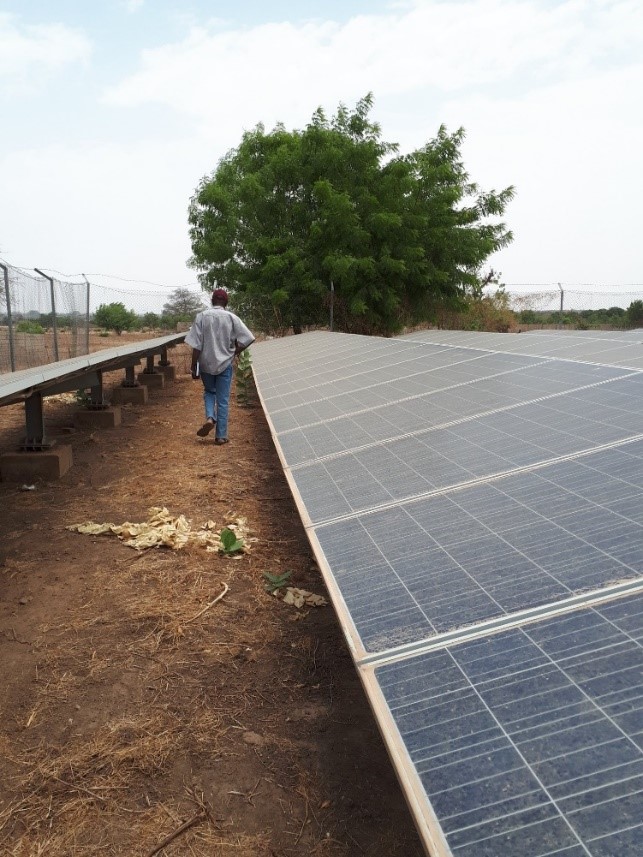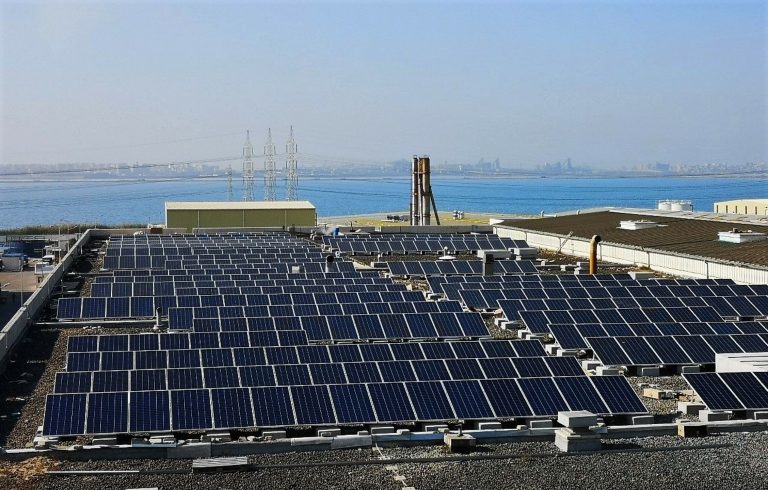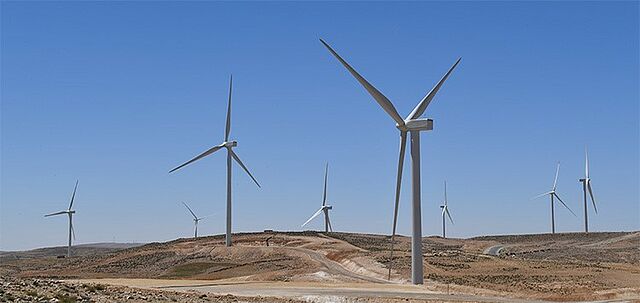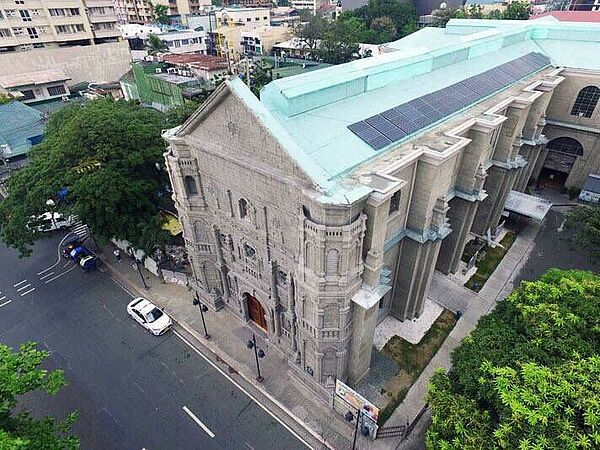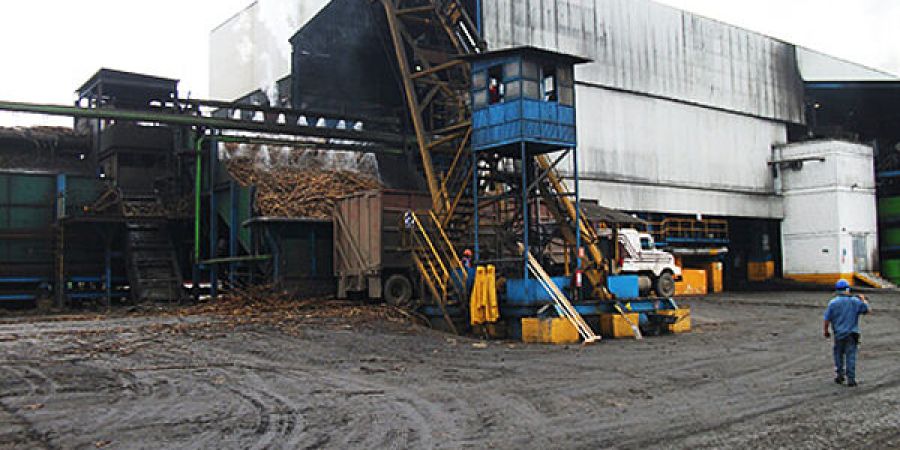
Background: Around the time of the project, Mexico opened its electricity market to private producers and was gathering first experiences with private power producers. The country also introduced a system of ‘renewable energy certificates’ (CEL) obligations on greenhouse gas (GHG) emitting power generators. While many of Mexico’s 51 sugar mills were well positioned to participate in this new market, grid connection posed a main barrier. Despite significant excess bagasse resources burnt as waste, only a few sugar mills were producing power for the grid. The project, through financial engineering targeted at eliminating the financial grid connection barrier, planned to raise the 17 identified potentially viable co-generation investments to 43 while significantly increasing the overall investment probability.
Approach to Transformational Change: “Mexico – Sugar Mills Grid Connection” intended to help establish a non-profit Grid Operating Facility (GOF) as a special purpose vehicle into which the project would inject an equity grant of USD 15 million in parallel to a similar national (potentially also international) contribution, creating an equity base upon which loans are raised to finance grid connection investments. These would be made financially viable by combining non-profit grid operation, extended loan maturity for grid investment and grouping of adjacent mills on shared connections. As costs are recovered through transmission fees, further grid connections would be established, gradually expanding coverage to 43 relevant (viable) sugar mill co-generation investments.
A new Mexican energy law at the time implicitly allowed such ‘communalising’ of grid connection which delivers economy-of-scale, evens out individual grid connection costs and relieves mill owners from significant, and in their view risky and unfamiliar, capital investment in grid connection in addition to substantial capital requirement for co-generation facilities. In supporting the GOF establishment, the project aimed to overcome several major financial barriers, facilitates initial private investment of USD 740 million.
Mitigation potential: The project was embedded in Mexico’s national development, climate change, rural development and energy policies. It was established as an action line in Mexico’s Special Program for Climate Change for its GHG mitigation potential and potential reduction of black carbon emissions, which were to be halved by 2030 according to Mexico’s Nationally Determined Contribution (NDC). The project was reducing up to 710.000 t CO2e annually.

